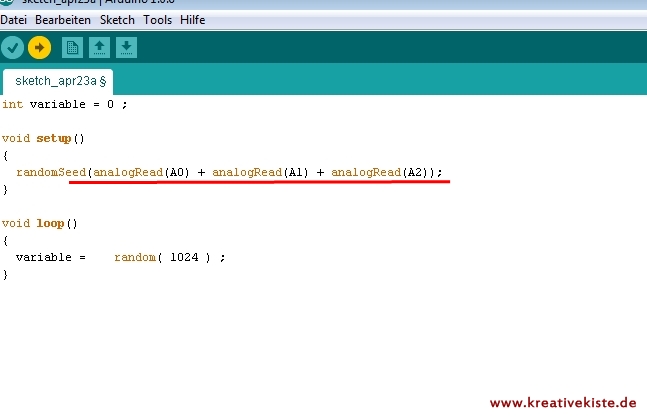
Halfway between white and Brownian noise is Voss’ discovery, or 1/f noise. Although music made from Brownian noise has a high autocorrelation factor, it still tends to be dull. Its path is apparently random, yet it is connected, though in a wandering flight. To get a picture of this type of noise, imagine a butterfly flying. You can write a program to generate such random notes, but it soon becomes boring.Ī more correlated noise called Brownian noise is also random, but each bit of noise is related to the last bit and to the next bit. One bit of noise is completely unrelated to the last bit or any future bit. An example is white noise like the random noise produced in a resistor, or even plain static. However, a type of sound called “scaling noise” sounds the same no matter what speed you play it at. For instance, changing the speed at which you play music on your old phonograph naturally decreases or increases the sound’s pitch. To understand this concept, we have to consider types of random sounds. His discovery concerns the relation or “autocorrelation” between vibrations and their power spectrum. This property was discovered by Richard F. So, how can it be connected to nature’s seemingly structured randomness? Well, a certain statistical property of the world appears to be the connection. Yet, music seems to be the least imitative of those arts. However, let’s first talk a bit about 1/f music.įor a long time, fine arts have been duplicating nature, or at least trying to imitate her as much as possible. Since we don’t have to use ancient computers any more in our programming, I decided to write the 1/f program using an Arduino.

Back in 1980, Nuts & Volts was printed on newsprint and actually looked like a newspaper.

There were many, many computer magazines on the store racks at the time and I wrote articles for many of them.
#Random arduino code#
Thus, I was able to print all my code and other writings out in letter quality print. The Selectric had solenoids in it to drive all the keys.
#Random arduino driver#
I built an IBM Selectric Terminal printer interface and printer driver that was published in a British magazine called Wireless World. I eventually updated my computer life by getting a Tandy/RadioShack TRS-80. What did he have to say: “Call your vendor.” I actually got to talk to Bill Gates on the phone at the time. It stored programs on cassette tape, had a six-character display, and you had to program it in assembly language using hex numbers with an ASCII keypad for entry.Īfter a couple years, I bought boards to make the KIM-1 a little smarter which allowed me to program in BASIC that would have been “Microsoft Cassette BASIC.” I was having a problem with it and called Microsoft. It paid for the computer for sure.ĭuring the rest of the ‘70s, I wrote a lot of programs for it and began writing articles about the programs. I wrote an article about it, and in July 1976 it was published in Personal Computing called, “1/f Random Tones.” They paid me $400. I wrote a KIM-1 program in assembly language that played 1/f random notes. My wife bought me a KIM-1 single board computer for my birthday in 1976 it cost $245. So, I took a course in computer repair and never looked back.

The writing on it said to learn about computers.


 0 kommentar(er)
0 kommentar(er)
